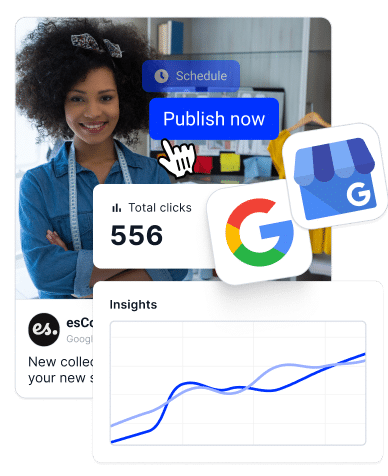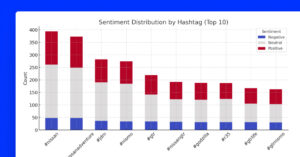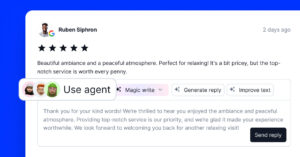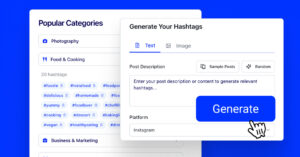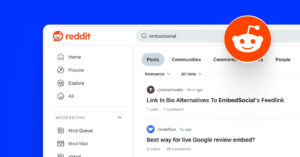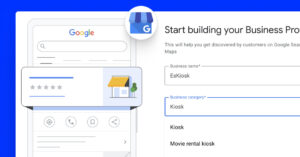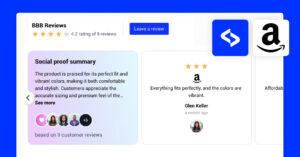Your Google reputation can make or break your business since Google is the biggest and most used search engine in the world, so shoppers always turn to it.
I mean, we all do it: check online reviews for the products and services we are interested in. Therefore, even one bad review can tank your bottom line. When people see your eviews, ratings, and Google Business Profile, they get their impression of you.
Meaning, you must build and maintain a strong presence on Google to nurture trust in your business, boost your rankings, and drive new customers your way.
That’s why reputation management on Google is a core part of winning the local SEO game, keeping customers happy, and standing out in a crowded market.
So, keep reading as I show you why managing your Google reviews matters, the best strategies to do it, and which tools can help you stay ahead.
What is Google reputation management?
Google reputation management is the process of monitoring, improving, and protecting how your business appears across Google Search and Google Maps. It’s all about shaping what potential customers see when they look you up online.
What does that entail?
In essence, you must keep your Google Business Profile accurate, always respond to reviews, and ensure positive content shows up when people search for you.
That way, you will start to build trust and credibility on the platform where almost every customer’s journey starts. So, as the primary point of discovery, Google is perhaps the most powerful lever for influencing customer perception and boosting local SEO.
When done right, you will ensure that only glowing reviews, strong ratings, and accurate business information dominate your online presence on Google. That way, if and when crises arise, you will have the framework and tools to keep your reputation intact.
Why is Google reputation management important?
During the consumer decision-making process, your potential customers check your Google reviews, first and foremost, to see what others say about you.
In addition to this third-party feedback, they may also check out your Google Business Profile, business information, product and service offerings, and more.
All of the above influence your reputation to:
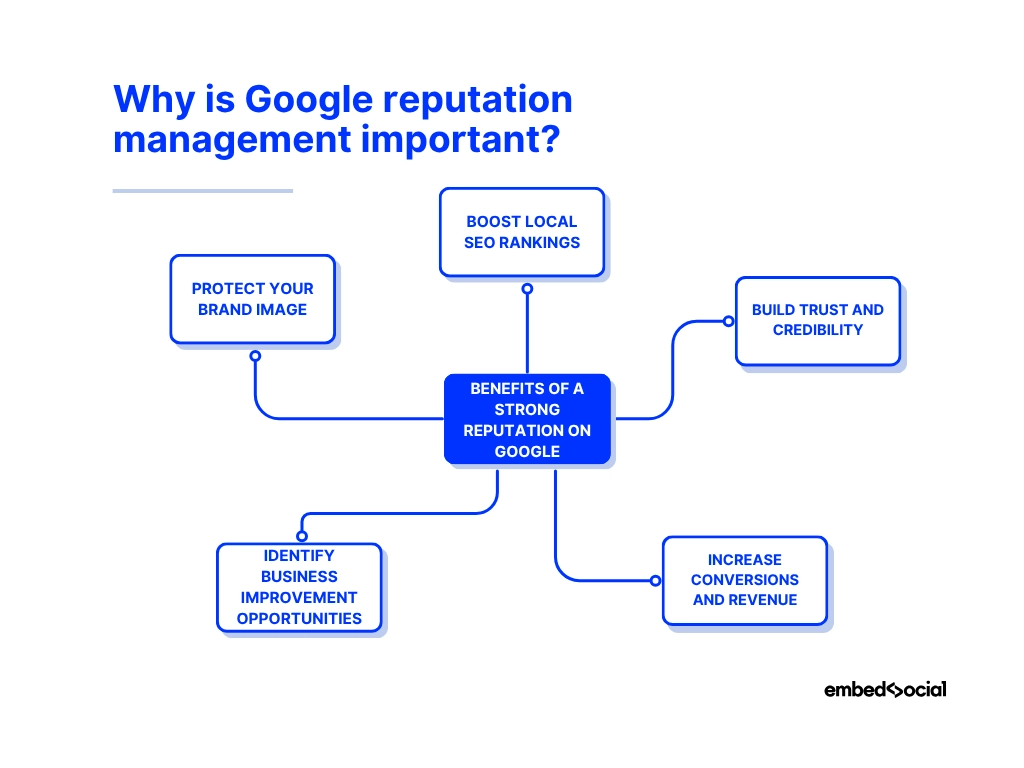
- Boost local SEO rankings—Google reviews are a proven ranking factor for local search engine optimization;
- Build trust and credibility with customers—positive feedback makes your business more reliable in the eyes of searchers;
- Increase conversions and revenue—strong ratings encourage customers to click, call, and buy;
- Identify business improvement opportunities—feedback highlights what’s working and what needs fixing;
- Protect your brand image—proactive reputation management prevents small issues from becoming big problems.
As you can see, as long as you keep your customers happy by providing everything they need, you will maintain a stellar reputation on Google and fuel your growth.
How to manage your reputation on Google effectively?
This is an ongoing process, and it’s not just about collecting online reviews. Your goal should be to create a system that strengthens your online presence over time, thus leading to your products getting Google star ratings and your brand appearing in the local pack.
That said, here are the general steps in the process:
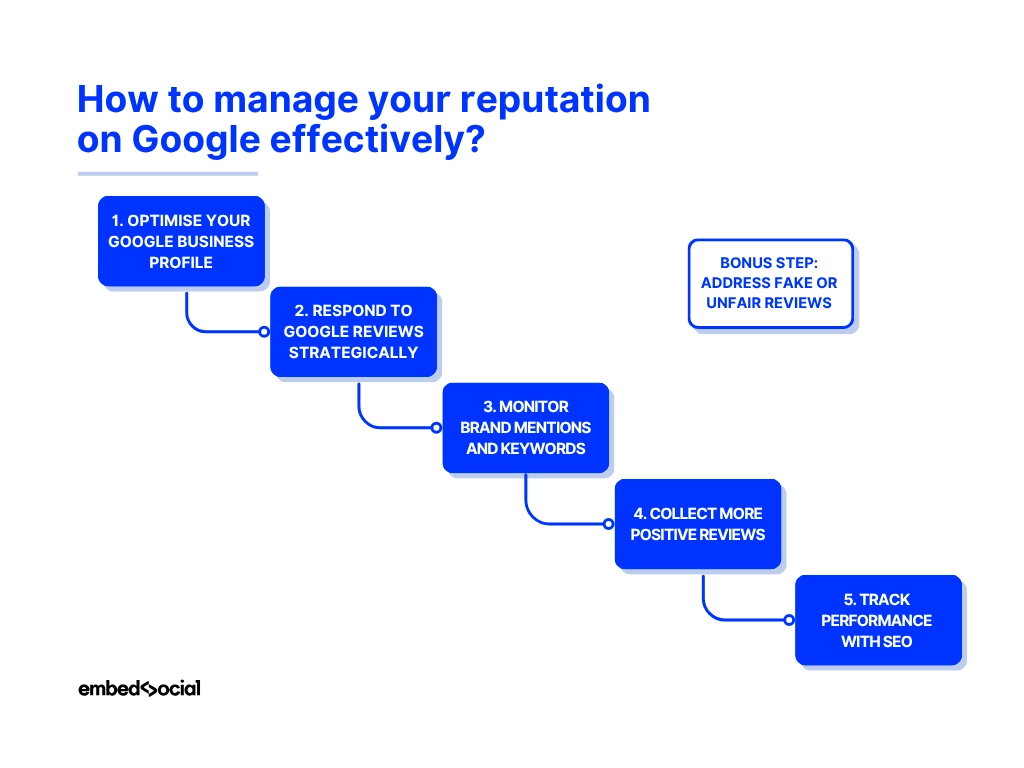
1. Optimize your Google Business Profile
Your Google Business Profile (GBP) is the foundation of your reputation, so you must optimize it constantly. So, keep your name, address, phone number, website, hours, and categories accurate and consistent. Upload high-quality photos and update details regularly.
Remember: your Google Business Profile powers your Knowledge Panel (to the right of search results), which is often the first impression customers see in search results.
👉 A café updated its Google Business Profile with correct hours and new photos. Their Knowledge Panel impressions doubled in a month.
2. Respond to Google reviews strategically
Treat every review as an opportunity to build trust. So, personalize your replies to positive reviews instead of using generic thank-yous. Furthermore, address negative reviews with professionalism, empathy, and a proposed solution. Your thoughtful responses show that you care, which goes a long way to maintaining transparency and trust.
Pro tip: You can use an advanced AI agent to reply to online reviews using your voice. One such option is EmbedSocial, a complete UGC and review management platform.
👉 A hotel customer service team replied to every negative review with apologies and free upgrades. New guests praised this responsiveness in fresh reviews.
3. Monitor brand mentions and keywords
Reputation extends beyond your Google review page, as it also lives across all popular social media. Your customers are out there praising or criticizing you.
So, you should also use social listening tools to track where your business is being discussed online—whether on forums, blogs, or social media. These conversations can quickly shape perceptions and even influence what shows up in Google Search.
👉 A boutique spotted a viral TikTok about shipping delays. By acting quickly, they avoided a wave of negative Google reviews.
4. Collect more positive reviews consistently
Ask customers for feedback at the right time, such as after a successful purchase or service experience. Share your Google review link to make the process easy.
Moreover, you can focus on both volume and velocity since Google values a steady stream of recent reviews, not just a high total number.
👉 A dental clinic sent patients a direct review link after visits. They grew their reviews by 40% in just three months.
5. Track performance with SEO and reputation metrics
You can’t just track reviews; you must analyze them. Track your average star rating, review sentiment, response times, and how review activity correlates with your local rankings. These insights help refine both your reputation strategy and your broader local SEO.
Look into third-party tools that generate online review reports, such as EmbedSocial, which streamlines the collection, display, and analysis of online feedback.
👉 A gym tracked review sentiment and saw “cleanliness” mentioned often. Fixing the issue led to more 5-star reviews and higher Maps rankings.
Bonus step: Address fake or unfair reviews
Competitors or malicious actors may post fake reviews. Stay alert, and when you spot one, flag it for removal in your GBP dashboard. Always respond calmly and professionally, which signals credibility to potential customers while Google reviews the case.
However, you cannot remove bad reviews if they are genuine and you disagree with what they say. After all, the public needs to get the full picture!
Managing your Google reputation works best when it’s a continuous process: optimize your profile, encourage reviews, respond consistently, monitor mentions, and measure results. Repeat this cycle regularly, and your reputation becomes a driver of trust and growth.
Top 3 Google online reputation management tools
When you run multiple locations, managing reviews and reputation manually is overwhelming. That’s where dedicated review management software comes in to automate review collection, monitor mentions, and protect your brand. Here are three of the best options.
EmbedSocial — best all-in-one tool for Google review management
EmbedSocial is built to simplify Google online reputation management by centralizing everything in one place. You can collect customer feedback from all your Google Business Profiles, reply directly, and even display them on your website with custom widgets.
Not to mention all other functionalities that make Google reputation management a breeze, such as a Google listings manager, AI-enhanced autoresponders for reviews, the option to bulk edit your Google Business Profiles, Google Posts publishing, and much more!
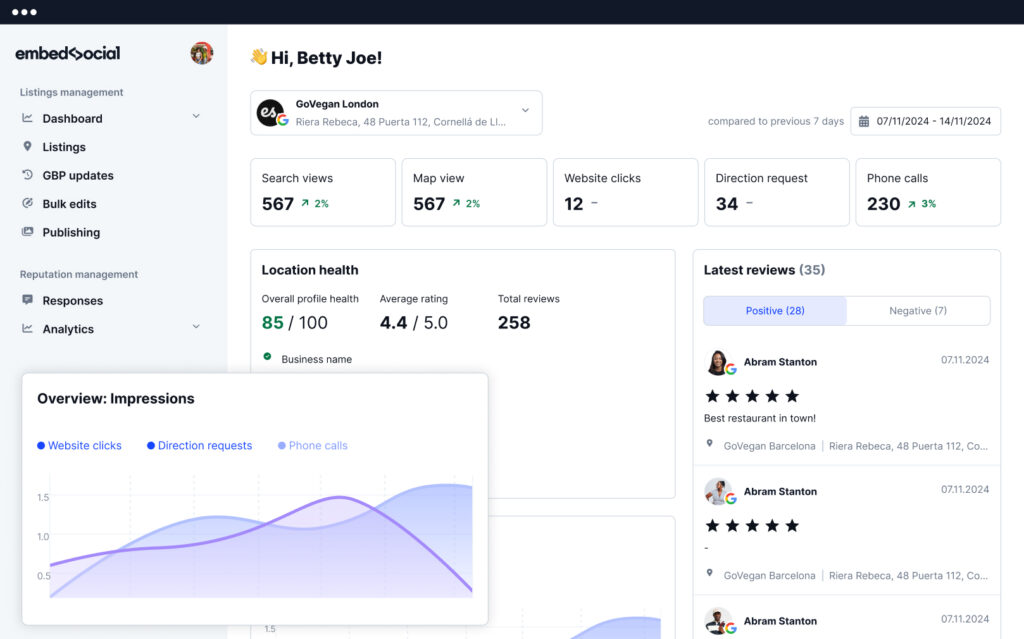
Here’s what you’re getting when you sign up:
- Complete solution for GBP management – all SEO tools you need to find ranking gaps, analyze your listings’ performance, schedule Google Posts, and reply to reviews;
- Multi-location management – add all your Google business locations, track your GBP insights, and manage reviews from all your branches;
- GBP info locker – automatically reverts unauthorized changes to your Google Business Profile information, such as address, name, number, etc.;
- Google Posts publisher – save time by scheduling all your Google Posts, including updates, events, offers, and photos;
- Custom review widgets – showcase reviews on your site for extra trust and create the perfect review widget for your website.
For businesses of all sizes—especially multi-location brands—EmbedSocial is the go-to solution for managing your Google reputation.
Podium – best for messaging and review generation
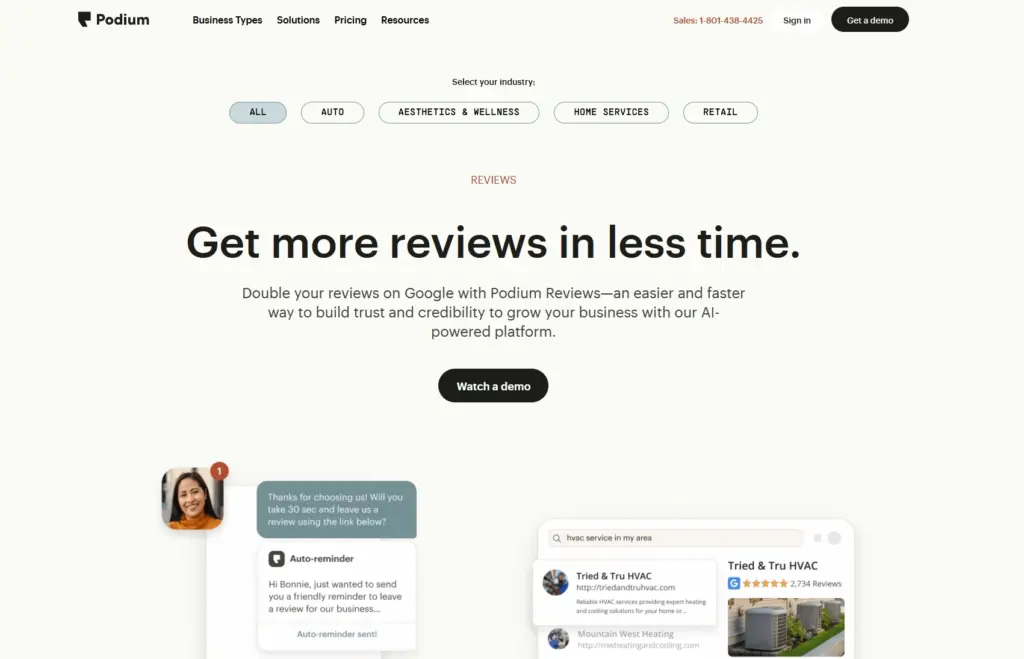
Podium focuses on helping businesses collect Google reviews through text messaging while managing all customer conversations in one place. It’s particularly powerful for local businesses that want to boost review volume quickly.
- Text-based review requests—send direct review invitations via SMS;
- Unified inbox—manage messages from SMS, Google, and other channels;
- Payment and scheduling tools—streamline the customer experience.
If you want to generate more Google reviews while staying on top of customer communication, Podium is a strong choice.
Trustpilot Business — best for building credibility with reviews
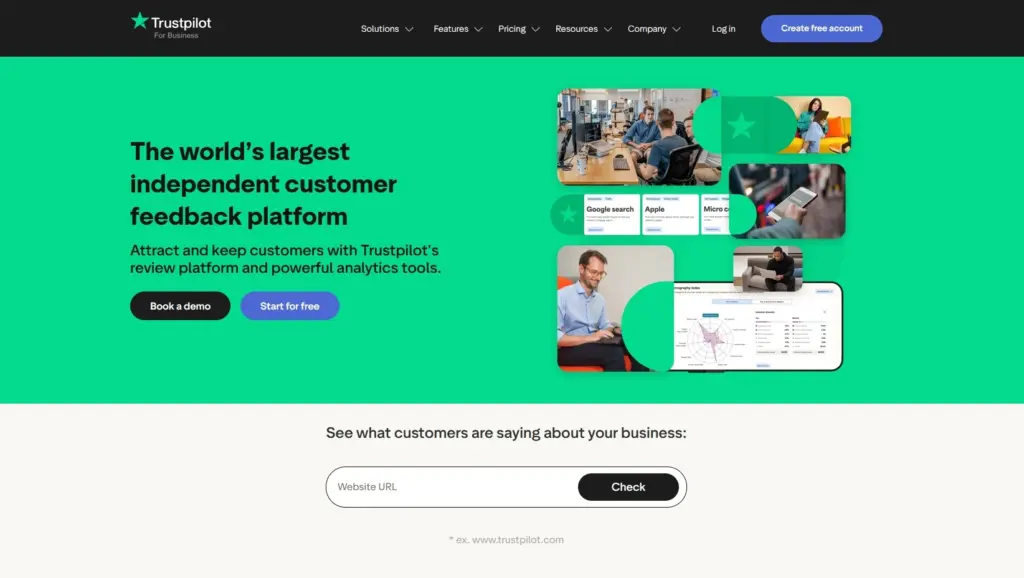
Trustpilot is widely recognized for collecting customer reviews and displaying them on search engines and websites. While not Google-exclusive, it integrates with Google.
- Verified customer reviews – build credibility with authentic feedback;
- SEO benefits – get star ratings displayed in Google search results;
- Widgets and integrations – add Trustpilot reviews to your site with ease.
If brand credibility and visibility are your main goals, Trustpilot Business provides a recognized way to showcase reviews alongside your Google presence.
Best practices for managing Google reviews
By now, you must know that Google reviews shape how people see your business, meaning you must handle them with care. Well, here are a few best practices to help you build trust, improve visibility, and avoid the common mistakes that hurt many businesses:
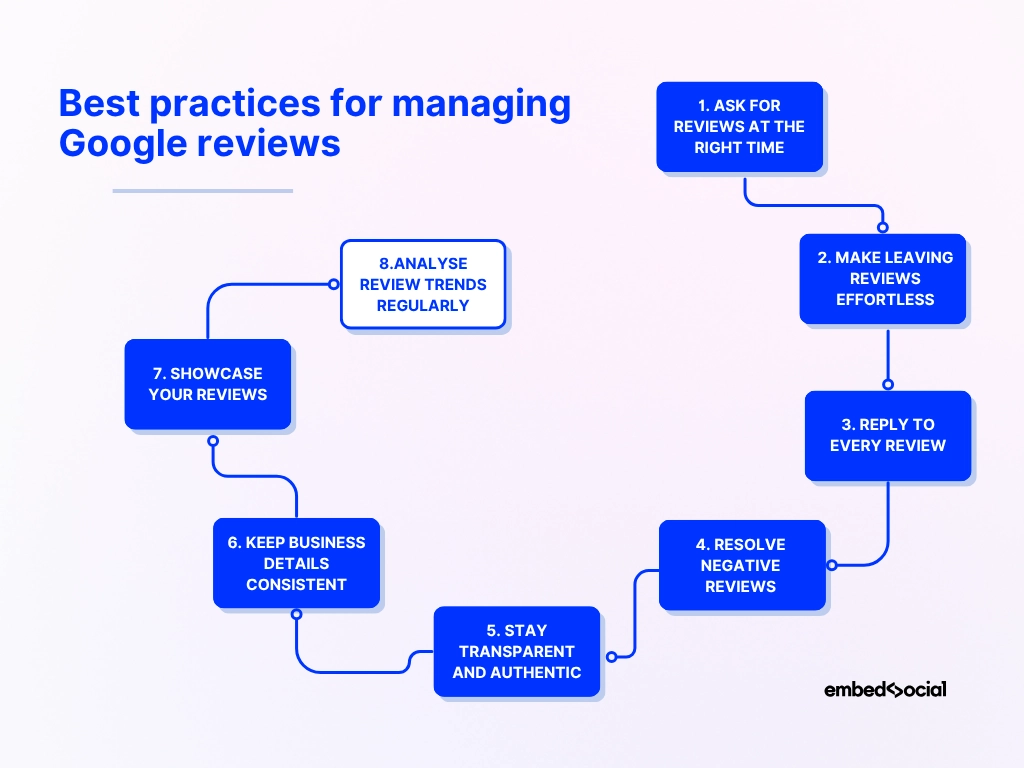
- Ask for reviews at the right time – request feedback after positive interactions when customers are most satisfied;
- Make leaving reviews effortless – share direct links via printed QR codes and simple instructions so customers don’t get stuck;
- Reply to every review promptly and professionally – quick, thoughtful responses show you value feedback and strengthen customer relationships;
- Acknowledge and resolve negative feedback – turn criticism into an opportunity to improve and demonstrate accountability;
- Stay transparent and authentic – never post fake reviews or block criticism, as it damages credibility long term;
- Keep business details consistent – ensure your name, address, and phone number (NAP) match across all platforms;
- Showcase your reviews beyond Google – you can embed Google reviews on your website for free or share them on social media to amplify trust;
- Analyse review trends regularly – use insights from customer feedback to refine services and boost satisfaction.
When you turn reviews into a two-way conversation, they become one of your strongest tools for building reputation and winning new customers.
Conclusion: Take control of your Google reputation today
Shopping is online today, so word-of-mouth lives and breathes on Google. Therefore, you must build, nurture, and maintain your Google reputation at all times!
With strong Google online reputation management, you get in front of the right audience, climb Google’s rankings, and drive every click, call, and visit.
However, managing your Google reputation is more than managing bad reviews from unhappy customers. You must focus on every aspect of your online presence, from business listings to getting more reviews and enhancing your SEO metrics.
You should also look into the best Google business profile management tools to enhance your strategy for full control of your online presence.
Don’t leave your reputation to chance.
Start managing your online reviews proactively with a platform like EmbedSocial, and turn your online reputation into a growth engine for your business.
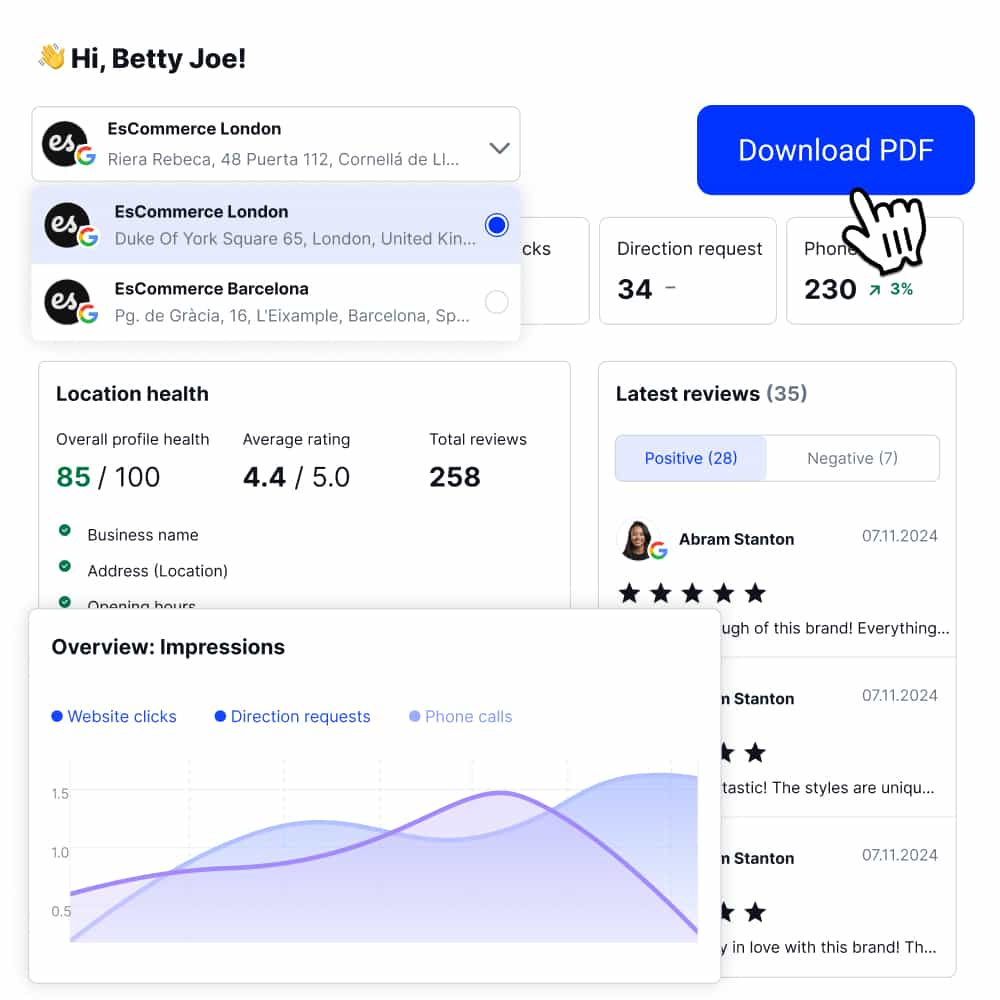
Manage multiple Google Business Profiles effortlessly
- Bulk updates
- AI Reviews Reply Agents
- AI SEO Optimisation
- AI Audit
- Scheduled Reports
- Reviews widgets
FAQs on Google reputation management
What is Google reputation management?
It’s the process of monitoring, improving, and protecting how your business appears on Google Search and Maps through reviews, ratings, and your Business Profile.
How do I manage my reputation on Google?
Keep your Google Business Profile accurate, respond to reviews, collect more positive feedback, and track performance with reputation management tools.
How to get unfair Google reviews removed?
Flag the review in your Google Business Profile dashboard, select the policy it violates, and request removal. Google will review the case and decide if it qualifies.
How many reports does it take to remove a Google review?
There’s no set number and Google reviews each case individually. A single valid report can be enough if the review clearly violates policies.
What tools are best for managing Google reviews?
Tools like EmbedSocial, Local Falcon, and Trustpilot help automate review collection, monitor mentions, and manage feedback more efficiently.
Why is online reputation management on Google important for SEO?
Google uses reviews as a ranking factor. Strong ratings and regular review activity improve your visibility in local search and increase customer trust.
